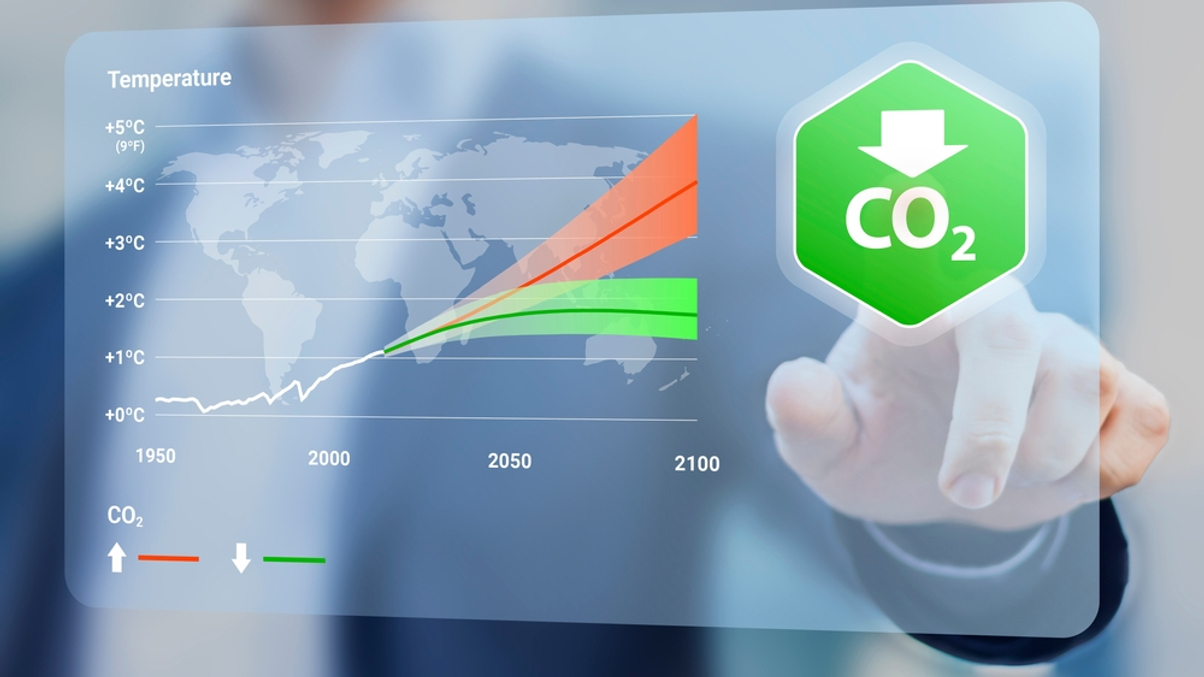ADB executive: More scalable ideas needed for climate finance
A lot of experimentation is taking place to offer solutions for climate-related and other issues, but they need to be scaled up, a senior executive from the multilateral development bank told AsianInvestor.

Institutional investors are keen to participate in blended finance projects, including for climate-related projects, although more scalable ideas are needed to deploy capital, a senior executive at Asian Development Bank said.
Sign in to read on!
Registered users get 2 free articles in 30 days.
Subscribers have full unlimited access to AsianInvestor
Not signed up? New users get 2 free articles per month, plus a 7-day unlimited free trial.
¬ Haymarket Media Limited. All rights reserved.


